Griechenbeisl (1916)
Griechenbeisl (1916)
© Archiv der Österr. Nationalbibliothek
AUT
near Vienna
Das Schild in der Bildmitte rechts neben dem Torbogen gibt es heute immer noch:
https://de.m.wikipedia.org/wiki/Datei:Wien-MG-Haus-2.jpg
The sign in the middle of the picture to the right of the archway still exists today:
https://de.m.wikipedia.org/wiki/Datei:Wien-MG-Haus-2.jpg
Fetching images...

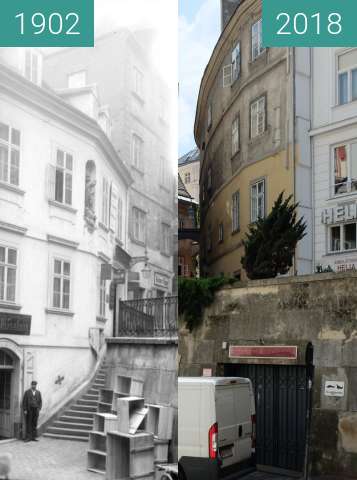
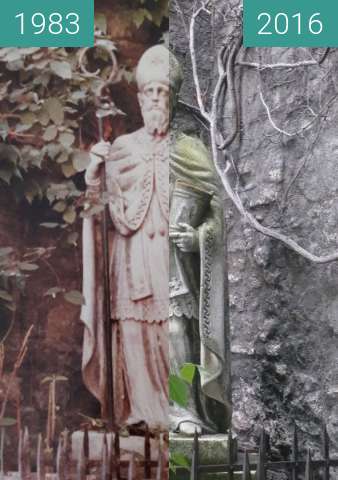
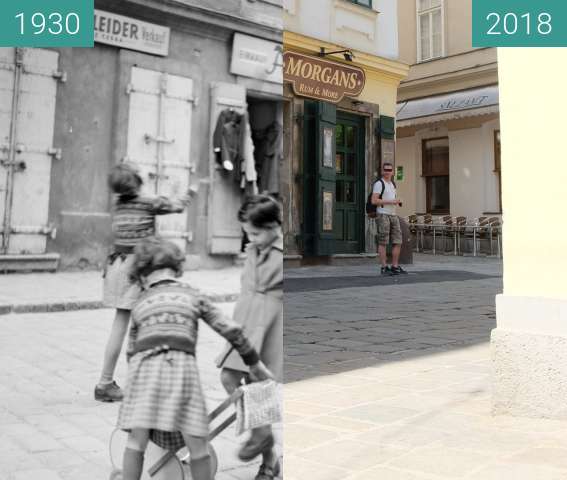
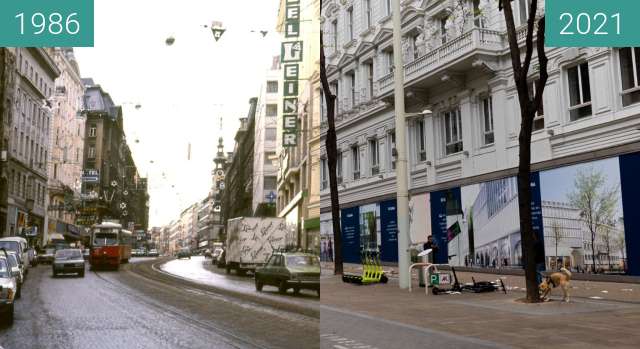
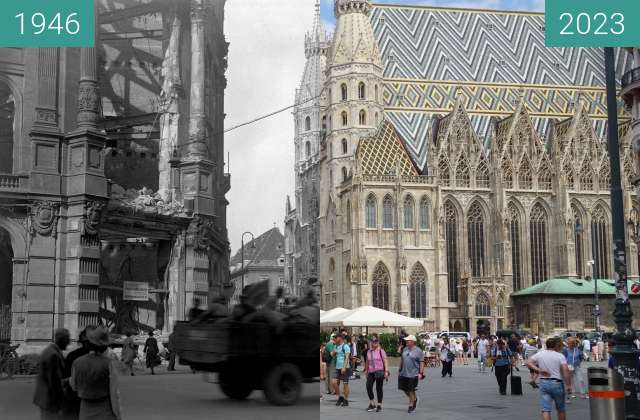

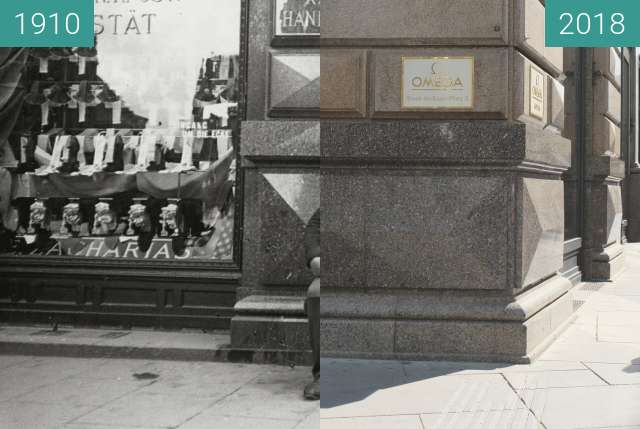
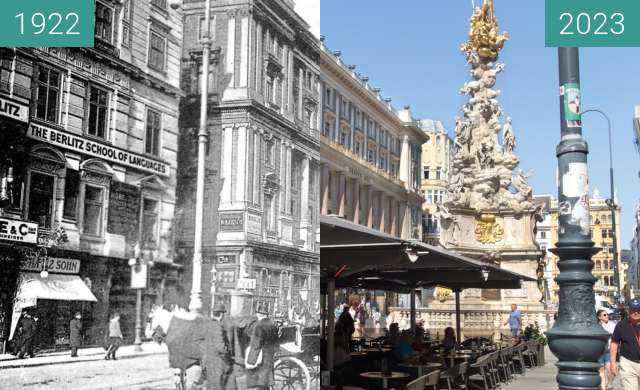
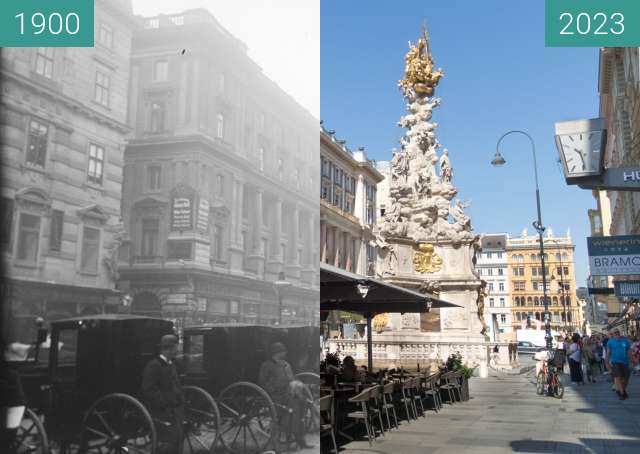
Siehe Bildpaar Griechenbeisl (1935).
Dieses Bild aus noch früherer Zeit belegt deutliche Veränderungen an der Fassade am Haus in der linken Bildhälfte. Auch trug die Gaststätte damals den Namen "Reichenberger" (s. ganz rechts im Bild), und die Bronzeskulptur über dem Eingang gab es auch nicht.
1916 -während des Krieges- gab es wohl kaum Touristen als Kundschaft. Die machen heute vermutlich 95% aus.
Immerhin deutet das mit Fässern voll beladene Pferdefuhrwerk auf gute Umsätze hin.
Aus Wikipedia:
"Historisch wichtig ist das Jahr 1852, als der damalige Wirt, Leopold Schmied, sich entschied, das völlig neue „Pilsner Urquell“ aus Pilsen in Böhmen nach Wien zu bringen und hier erstmals auszuschenken. Bis heute ist das Griechenbeisl Stammhaus des Pilsner Urquell in Wien."
Dies erkennt man an den Sonnenschirmen im neuen Bild, und im alten Bild ganz rechts am Schild hinter dem Ende des Pferdefuhrwerks.
See picture pair Griechenbeisl (1935).
This picture from even earlier shows clear changes on the facade of the house in the left half of the picture. The restaurant was then called "Reichenberger" (see the far right in the picture), and the bronze sculpture above the entrance did not exist either.
In 1916 - during the war - there were hardly any tourists as customers. They probably make up 95% today.
After all, the horse-drawn carriage fully loaded with barrels indicates good sales.
From Wikipedia:
"The year 1852 is historically important, when the innkeeper at the time, Leopold Schmied, decided to bring the completely new "Pilsner Urquell" from Pilsen in Bohemia to Vienna and serve it here for the first time. To this day, the Griechenbeisl is the parent company of Pilsner Urquell in Vienna ."
This can be recognized by the sunshades in the new picture, and in the old picture on the far right by the sign behind the end of the horse-drawn carriage.